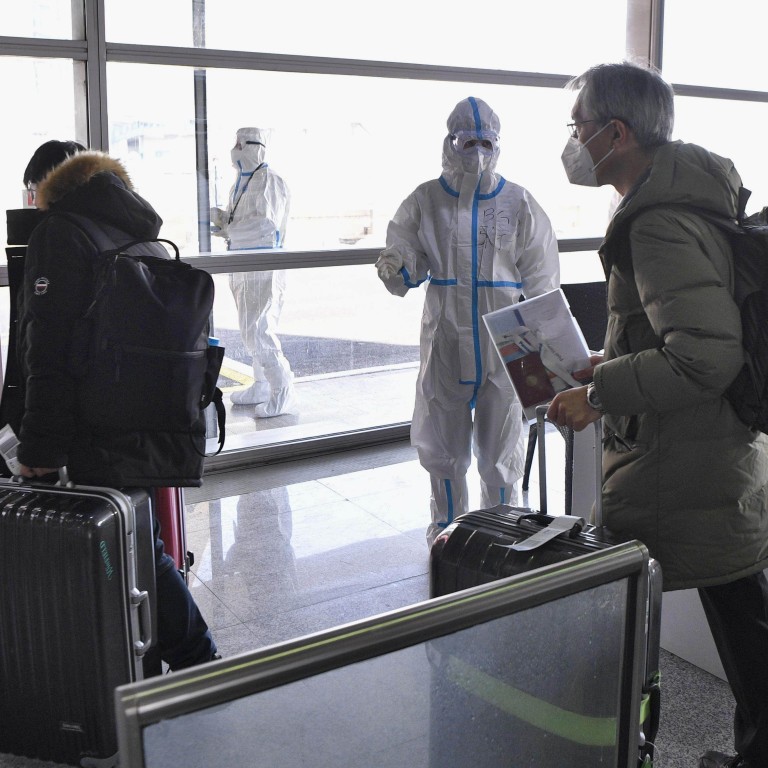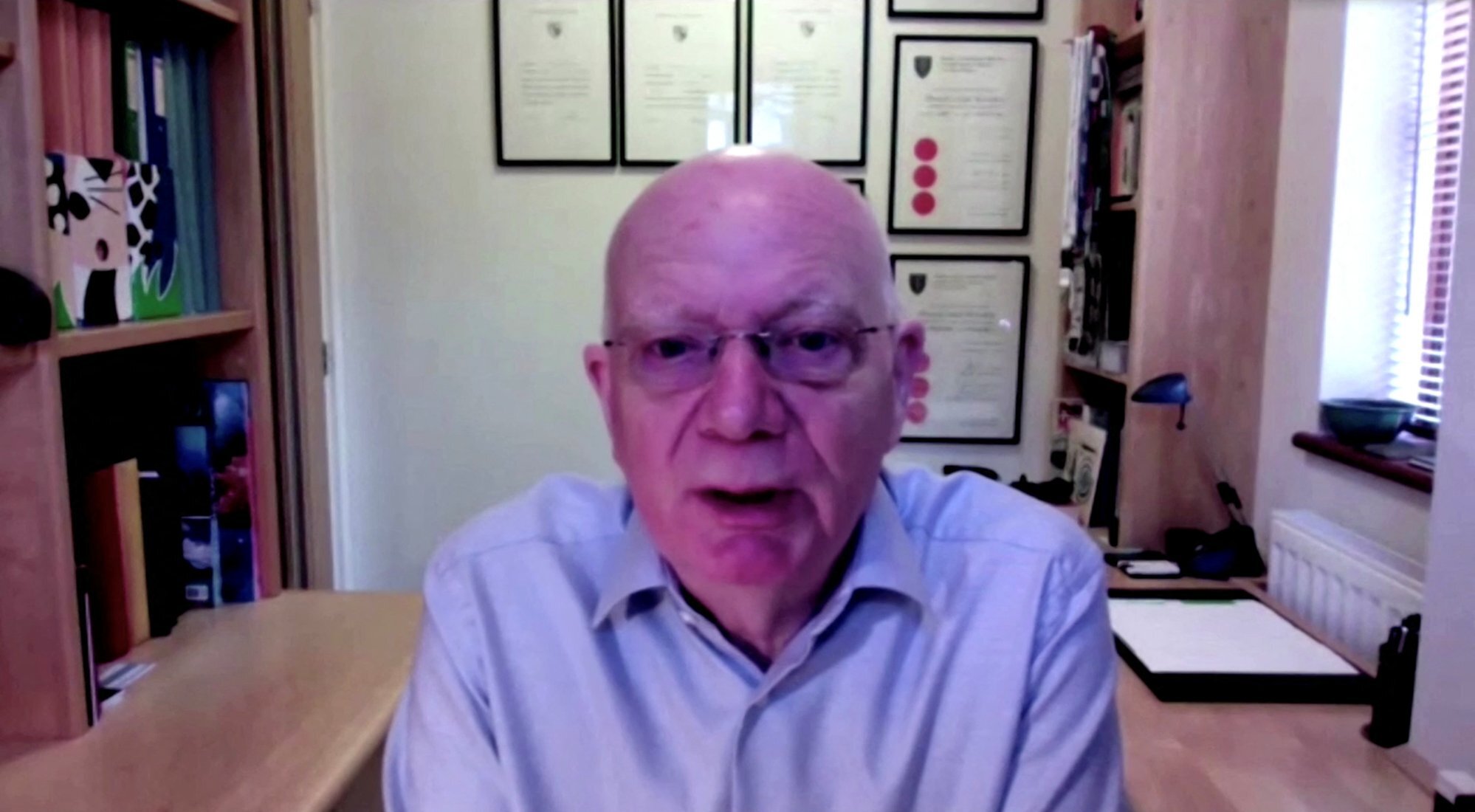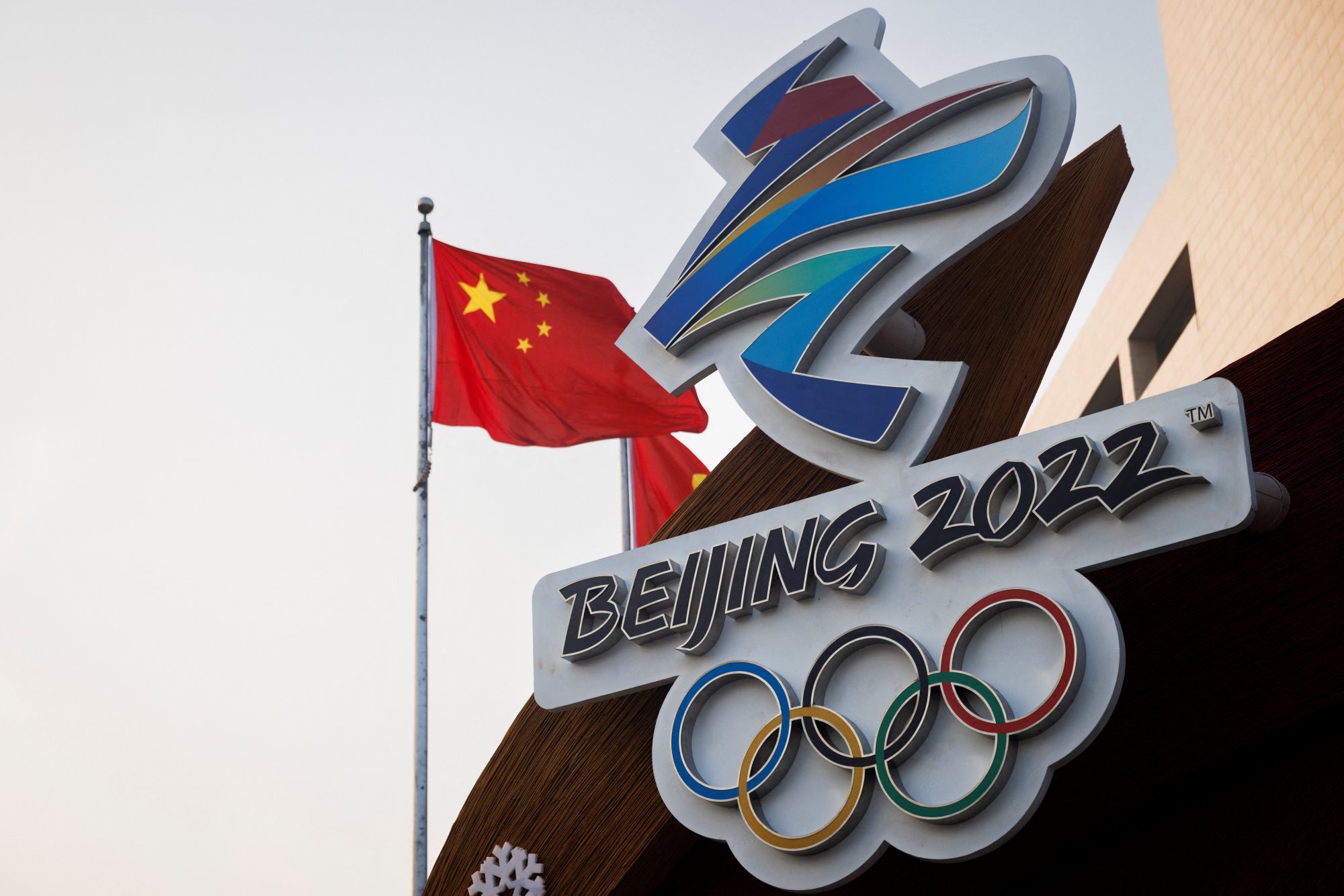
Omicron: zero spread, not zero cases, is IOC’s target for Winter Olympics with 72 positive tests detected so far in pre-Games build-up
- Brian McCloskey, the Beijing 2022 medical chief, says the closed loop meant to seal the Olympic family from the rest of China is serving its purpose
- Around 340,000 tests have been conducted among Winter Games arrivals from January 4-22, with no athlete yet to test positive
A “zero infection” model is impossible for next month’s Beijing Winter Olympics, a top medical official said, with organisers more realistically looking at a “zero spread” system to keep the population of China safe.
Brian McCloskey, head of the Beijing 2022 Medical Expert Panel, said the highly transmissible Omicron variant remains a concern but said the “closed loop” that seals the Olympic family from the rest of the country was so far serving its purpose.
Already, 72 confirmed positive Covid-19 cases have been detected from around 340,000 tests conducted from January 4-22.
“We are obviously concerned that the Omicron variant will make a difference,” McCloskey said during an IOC online technical briefing. “And what we are seeing all around the world outside China is the numbers of Covid cases going up rapidly because of Omicron, therefore we expect to see more positive cases in people in pre-departure because that’s the nature of the disease.
“But gradually the numbers come down at each level of the testing that we do in the closed loop. Inside the closed loop the numbers are still relatively small for athletes but for other stakeholders it is still roughly on par with what we saw in Tokyo [Olympics last year] and what we expected.
“But I would remind you that we’ve never set a target of zero cases inside the closed loop. The target is zero spread. And the closed loop is there because that’s what protects the people of China by keeping the domestic population separate from participants coming from around the world.”

The International Olympic Committee (IOC) and Beijing 2022 organisers released their first Covid-19 statistics in the run-up to the Games, which open on February 4 and run until February 20.
In the period from January 4-22, medical staff have tested 2,586 people at Beijing airport with 39 confirmed positive cases. Within the closed loop there have been 336,421 tests with 33 confirmed positive cases. None of the 171 athletes who had so far arrived tested positive.
The IOC says all those with positive tests have been isolated and close contacts identified in accordance with the Beijing 2022 playbooks that provide the blueprint for anti-coronavirus measures during the Games. The IOC did not say if the Omicron variant was detected in any of the 72 positive tests.
All athletes, officials and others entering the closed loop must be tested for the coronavirus before leaving their own country and upon arrival in Beijing. They will also be subject to daily PCR tests while inside the sealed off Olympic zones.
Anyone who tests positive at the airport and follows up with a negative test will need to produce another negative result to enter the closed loop to prevent releasing people who may have a false negative test.
Beijing city officials on Sunday said all two million residents of a neighbourhood where a small cluster of coronavirus cases was detected will be tested.

Although China’s cases constitute a tiny fraction of the massive surge in countries around the globe, multiple small outbreaks around the mainland – including in Beijing – have tested its strict “zero Covid” policy, which authorities have pursued even as the rest of the world has gradually reopened.
Local authorities have identified Fengtai district in southern Beijing as the epicentre of a cluster, with the number of cases in the capital totalling 43. All two million of the area’s residents will be tested for the virus, officials said, and people from high-risk areas are banned from leaving the city.
“We must make every effort to stop the spread as quickly as possible by taking firm, strict and decisive measures,” Xu Hejian, spokesman for the Beijing municipal government, said at a briefing.

McCloskey dismissed fears expressed by some German coaches earlier this month that tests inside the closed loop may be manipulated. He said the testing will be conducted by the Beijing medical workforce and a Chinese lab will process the samples.
“They all work to agreed international standards,” McCloskey said. “The tracking system that makes sure that the right results come back to the right people are the same sort of systems that we use all the time in medical tests in hospitals around the world.”
Around 3,000 athletes are expected to take part in the Winter Olympics, which will be held across three zones in the Beijing area. The capital will stage all indoor ice events while Yanqing, 75km from Beijing, will host alpine skiing, sled and sliding events. Zhangjiakou, 180km from Beijing, will host most skiing and snowboarding competitions.
Additional reporting Agence France-Presse

